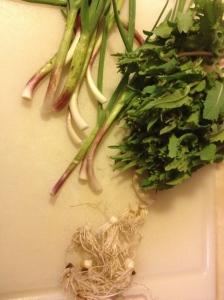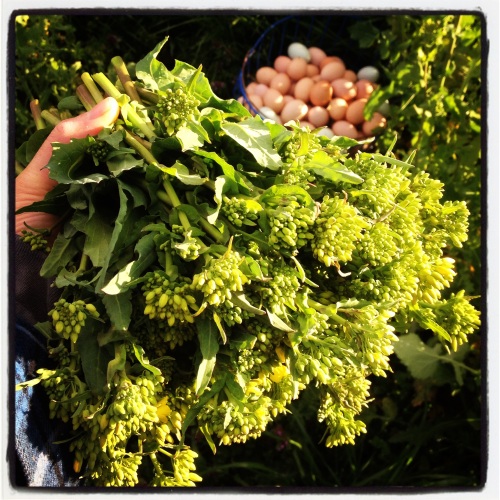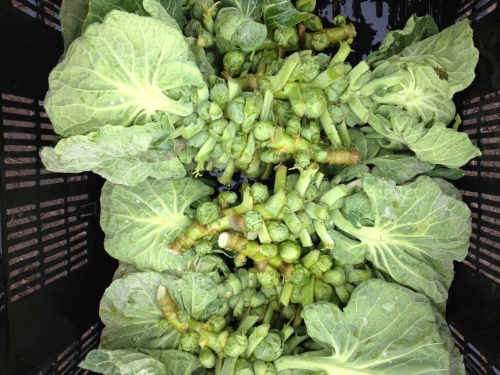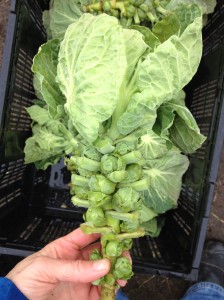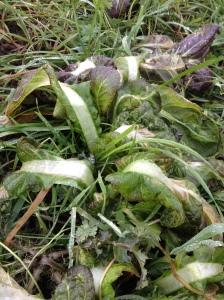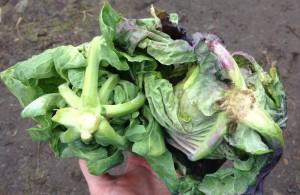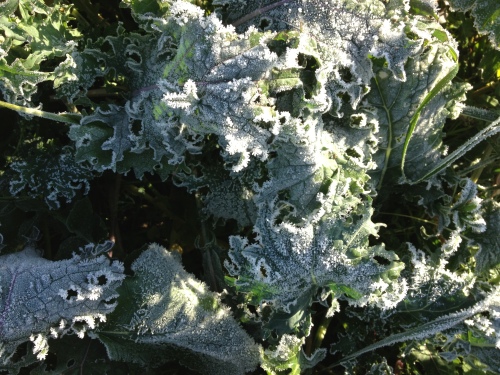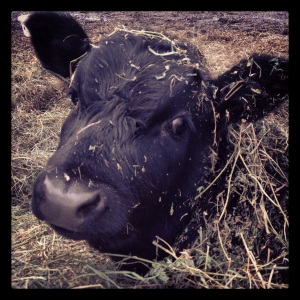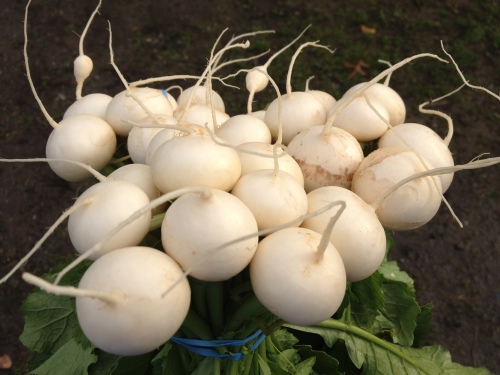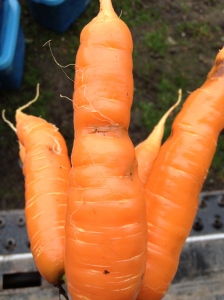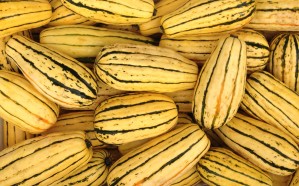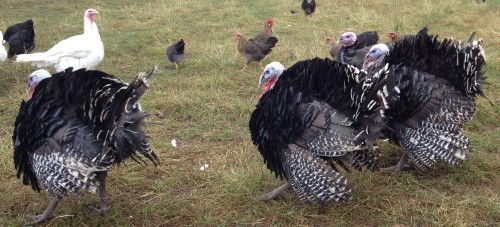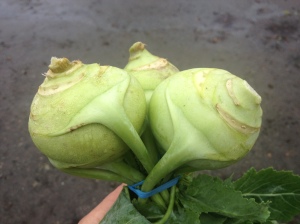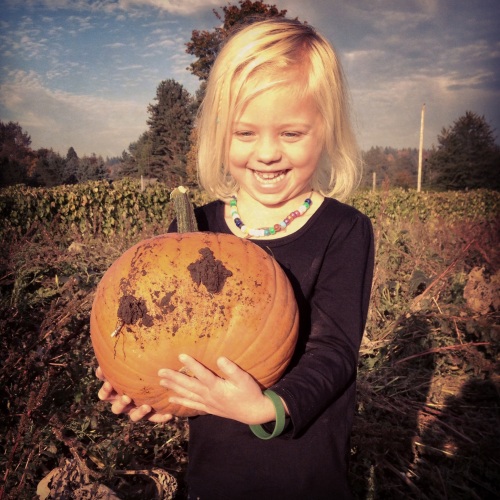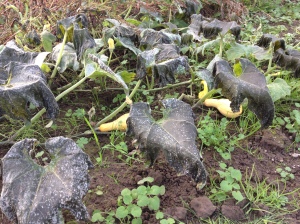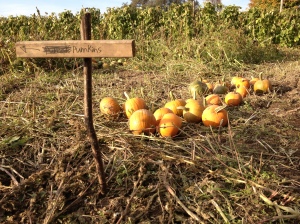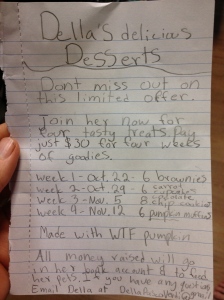THIS WEEK’S SUBSCRIBER MENU:
• Rapini
• Kale Broccolini
• Green Garlic
• Miners’ Lettuce (use fresh, in place of lettuce)
• Sorrel
• Fresh Eggs
Click on the links above for information and recipes about these crops.
COMING SOON: Salad Greens, Japanese Turnips, Pea Shoots, Baby Leeks, Parsely, Chervil, and much more!
 We are really excited about the upcoming week! Check out the weather forecast–sun, sun, and more dry weather. Perfect for planting out the hundreds of thousands of onion, kale, chard, broccoli, cabbage, and lettuce transplants. It’s going to be great, and exhausting, but it will mean lots to eat for lots of folks!
We are really excited about the upcoming week! Check out the weather forecast–sun, sun, and more dry weather. Perfect for planting out the hundreds of thousands of onion, kale, chard, broccoli, cabbage, and lettuce transplants. It’s going to be great, and exhausting, but it will mean lots to eat for lots of folks!
This week we are introducing Sorrel to our spring repertoire. It’s tangy and juicy, and sure to add some spunk to your dining pleasure this week. Check out the Sorrel page for hints.
We’re also serving up more Green Garlic and Rapini, and there are lots of recipes on their respective pages if you need them. We’re also picking the Broccolini from our overwintered Kale plants. These are like rapini, but they are sweet, with no bitterness. Our kids really prefer them to traditional rapini. Last week, we had pizza night, so I threw together a bunch of chopped green garlic, chopped Rapini and sprinkled them on top of a pizza crust doused with the good bottle of olive oil. I found a jar of Porcini salt, and sprinkled some of that on top and then added enough shredded mozzarella to hold it all together. It was delicious–salty, bitter, sweet, and garlicky. I highly recommend it, but the kids couldn’t stand it.
We picked up a little handful of ducklings at the feed store. I’ve been mulling over the idea of getting a slug patrol for the asparagus patch since last year, since the only real pest problem we’ve had with the asparagus are the tiny little slugs that like to nibble on the spears as they emerge from the winter soil. Slugs don’t go for much in the way of plants, but they LOVE slugs and snails.

We have hired a Special Patrol, to hunt slugs in our asparagus/rhubarb patch. That fuzzy cuteness belies the voracious hunter that he/she will become.
As we got them settled, I was filled with memories of my youth. (Fade in dream sequence here) I had some amazing pet experiences, but by far, my favorite was the day that a friend of my parents brought me a duckling. I was 11 or 12, and all of the other nest-mates had been killed by a dog or something, and this one was alone and needed a home. It was a Khaki Campbell, a good egg breed of duck, that looks somewhat like a Mallard when full-grown. I didn’t care–it was adorable, and it was MINE!
That little duck was pampered, and I am somewhat embarrassed to say that I slept with it. If you’ve been around birds much, you know they have no control of their…um…facilities. So, I slept with towels laid all over everything, and little ducky slept in my hair, on my pillow. This spoiled little duck bonded with me to the extent that she (I don’t actually know if it was a he or she, but I felt it was a she) followed me everywhere. She followed me to the dinner table and sat by me while I ate, but that was sad, so it didn’t take long for her to be in my lap while I ate. That required a towel as well, as she grabbed food off of my plate and plastered it all over my lap. Ducks are very messy eaters.
She followed me around outside, inside. I stopped to pick her up for stairs, of course. And boy, did she learn to come running when the bathtub faucet ran. I did draw the line at baths, because what is the first thing that ducks do when they get in water? Not something I wanted to bathe in. But she LOVED the bathtub, happy quacking, laughing, flapping ducky.
It was a remarkable Summer of Duck. I loved that little bird, but when I had to go to school in the fall, I couldn’t let her roam around the house all day, so she had to live with the chickens. One of the great betrayals of my youth was the look on her face when I put her in the chicken run and walked to the bus stop. I feel the daggers still, and that is when I learned the lesson of never having just one of anything that belonged in a group.
This time, we have four lovely little ducklings. They still bond with their primary caregiver, whether it be human, dog, or duck. It’s adorable and they are very fun, in their container on the front porch, where they are sure to get plenty of attention.


